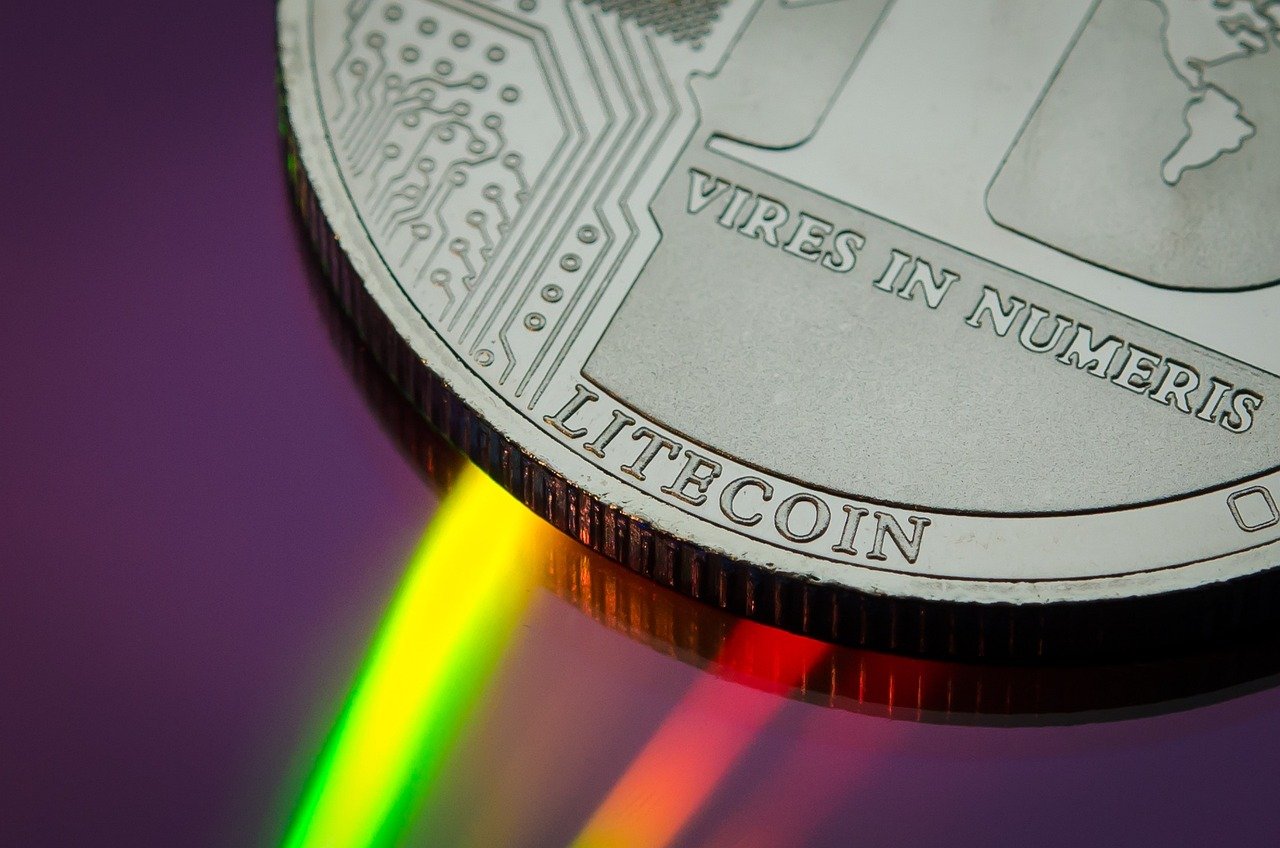Stablecoins in Modern Finance
Stablecoins vs Traditional Cryptocurrencies
Although traditional cryptocurrencies have a fixed supply, their demand varies depending on market sentiment, utility in decentralized finance (DeFi), regulatory environments, and other factors. As demand and trading activities change, their price is subject to fluctuations. In contrast, stablecoins are pegged to real-world assets like fiat currency, or other algorithmic strategies are employed to maintain stable value regardless of their current demand. This makes stablecoins particularly useful for making payments and storing value as a hedge against fiat inflation. The question arises: can stablecoins replace fiat currencies?
While it is true that algorithmic stablecoins do not rely on fiat currencies for value stabilization, they have limitations and may not fully replace fiat currencies. However, they are very useful in certain situations. For example, traders can store value in stablecoins instead of fiat currencies to hedge against the volatility of traditional cryptocurrencies. Just like conventional cryptocurrencies, stablecoins also face regulatory scrutiny and are not recognized as legal tender in most regions.
Stablecoins: A Hedge Against Inflation
Stablecoins pegged to the US dollar can be used to hedge against inflation in fiat currencies other than the US dollar, such as EUR, CAD, JPY, and others. If you want protection from inflation of all fiat currencies, including the USD, you might consider algorithmic stablecoins, which are not pegged to any real-world asset. By storing money in stablecoins, people can retain its original value even if the fiat currency of their country devalues over time. Moreover, with the increasing worldwide adoption of cryptocurrencies, there are several use cases enabled by decentralized finance (DeFi). Here are the top 5 practical applications of stablecoins:
-
Crypto Payments
According to a report by Crypto.com, the number of global cryptocurrency owners increased by 34% in 2023, rising from 432 million in January 2023 to 580 million in December 2023. Crypto adoption is expected to keep increasing at substantial rate as more and more people view cryptocurrency as valuable assets. In response to growing adoption of crypto, many businesses are now integrating crypto payment systems.
Several companies such as Shopify, Microsoft, and Travala accept cryptocurrencies like USDT and BTC for payments. This approach provides customers the benefit of faster, efficient and low-cost cross-border payments.
-
Interest Earnings
Decentralized Autonomous Organizations (DAO) like Aave enable the creation of several liquidity pools, where lenders can deposit assets to provide funds for borrowers. Lenders can deposit stablecoins in these pools, and in return, they earn interest for providing assets. The loans provided to borrowers are collateralized, meaning lenders won’t lose their crypto if borrowers fail to repay.
While stablecoins typically offer less APR rate compared to more volatile assets, they can still be utilized on lending platforms similar to Aave to earn passive income. The APR rate depends on factors such as demand for borrowing a particular stablecoin, platform policies, platform fees and presence of additional rewards for lenders.
-
Trading
While stablecoins cannot be used as an investment asset because of their stable price, they can be used to store value when trading traditional cryptocurrencies. BTC/USDT is a popular trading pair that allows users to buy BTC by selling USDT coins. When users want to sell BTC, they acquire USDT in return. You can effectively store your money in the USDT stablecoin while trading BTC without utilizing fiat currencies.
Trading with stablecoins is a cheaper and faster option because there’s no need for a bank transfer to move money between crypto and fiat. By moving your assets to stablecoins, especially during market downturns of crypto like BTC or ETH, you protect your portfolio value from losses.
-
Decentralized Finance
The stable value of stablecoins makes them perfect for decentralized financial services such as lending, borrowing, liquidity mining, and yield farming. You can provide your stablecoin assets in liquidity pools to facilitate a DeFi protocol in several operations, including producing liquidity and providing funds for borrowers. Although stablecoins inherently offer a lower APR rate, the rewards you receive are more predictable because of their stable value.
Platforms like Yearn Finance offer several liquidity pools where users can deposit stablecoins and earn interest. Through the vault feature, which is an automated yield tool, you can deposit your assets and earn interest.
-
Hedge Against Inflation
Fiat-collateralized stablecoins such as Tether (USDT) may not provide full protection against fiat inflation because the USD can also devalue. Algorithmic and crypto-collateralized stablecoins are often considered better choices for protecting the value of your money against fiat inflation. Algorithmic stablecoins are designed to maintain stable value through algorithms and smart contracts that adjust the coin’s supply based on market conditions. On the other hand, crypto-collateralized stablecoins are backed by a reserve of other cryptocurrencies rather than fiat.
Before investing in these stablecoins, it’s important to consider several risks. Crypto-collateralized stablecoins face risks related to market volatility and over-collateralization, while algorithmic stablecoins are vulnerable to stability issues and reliance on complex algorithms without physical collateral.
What is a stablecoin, and how does it differ from other conventional cryptocurrencies?

Stablecoins are cryptocurrencies designed to have a stable value by pegging them into a reserve of assets that could include fiat currencies such as the US dollar, commodities like gold, or other financial instruments. Unlike most of the traditional cryptocurrencies, such as Bitcoin and Ethereum, which easily fluctuate in price, stablecoins aim to minimize such fluctuations in price.
